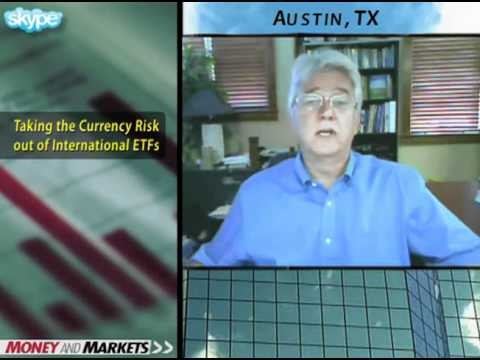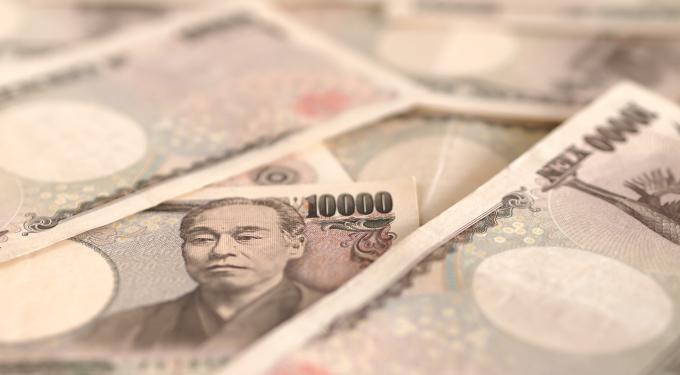Currency Trends Dictate International ETF Stock Exposure
Post on: 29 Апрель, 2015 No Comment

The investment community has been fixated on the strength of the U.S. dollar versus rival foreign currencies, such as the euro and yen. The widespread quantitative easing efforts and falling bond yields in both Europe and Japan have prompted a persistent movement towards U.S. denominated assets.
Daily Price Movement Participation ETFs
One way for ETF investors to participate directly in this trend is through the PowerShares DB US Dollar Index Bullish (NYSE: UUP ) or WisdomTree Bloomberg U.S. Dollar Bullish Fund (NYSE: USDU ). These funds are designed to participate in the daily price movement of the U.S. dollar as a non-correlated asset class.
Now Attractive: International Stock Funds With A ‘Hedge’
However, recent fund-flow data shows that the majority of investors are eschewing direct currency exposure in favor of international stock funds with a hedging component.
According to ETF.com. the following funds are in the top 10 for new year-to-date asset flows through January 27:
WisdomTree Inter Hedged Eq Fund (NYSE: HEDJ ) + $2,243 million DBX ETF Trust (NYSE: DBEF ) + $1,067 million WisdomTree Japan Hedged Equity Fund (NYSE: DXJ ) + $747 million
Together, these three currency-hedged funds have accumulated more than $4 billion in new money through the early stages of 2015.
HEDJ in particular has been a beneficiary of investors looking to place a portion of their portfolios in European stocks without the fear of the U.S. dollar strength eroding their profits. This ETF has exposure to 125 European companies that include overweight allocations in Germany, France and Spain.
The stocks in HEDJ are paired with short positions in the euro, which reduces the impact of currency fluctuations on the underlying equities. The end result is a unique portfolio of assets with a marked performance differential versus a traditional U.S. denominated fund such as the iShares S&P Europe 350 Index ( ETF ) (NYSE: IEV ).

Comparison Between U.S. Dominated Fund And More Unique Portfolio
A comparison of IEV and HEDJ in the one-year chart below shows just how important the overall impact of currency hedging has been on total return.
These currency-hedged ETFs are tools that can be used to play further strengthening in the U.S. dollar, but take into consideration that they can underperform a traditional index if foreign currencies move higher.
Ultimately, they are continuing to gain popularity and wide adoption through the ETF industry as a unique way to play international markets.
© 2015 Benzinga.com. Benzinga does not provide investment advice. All rights reserved.














